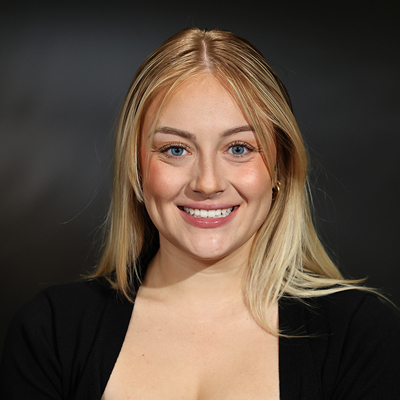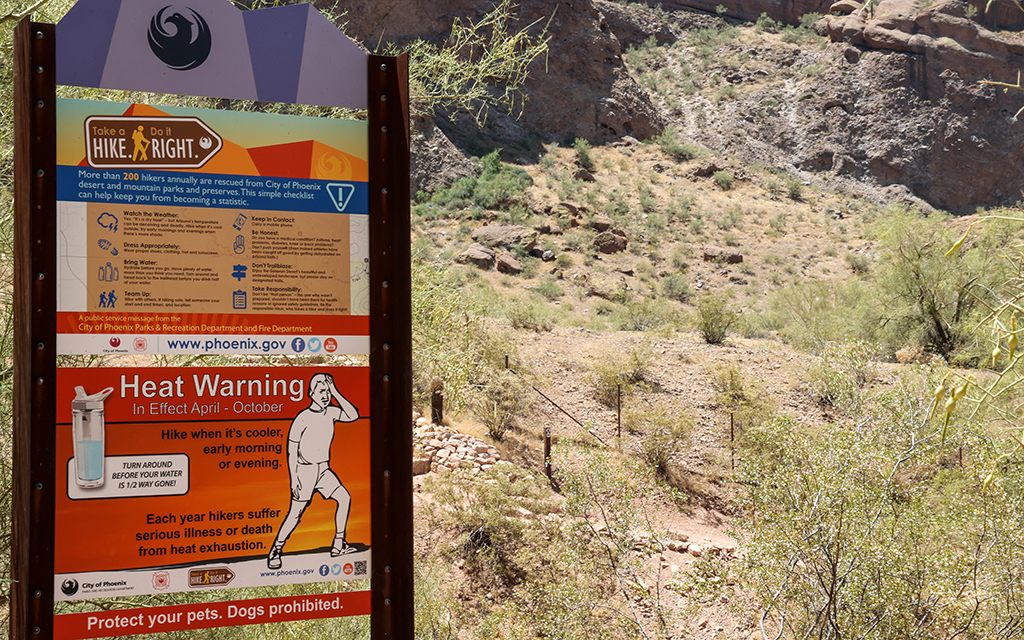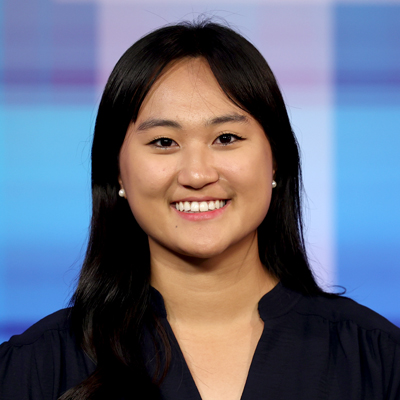SEDONA – Residents and tourists may notice people driving around town Saturday, June 24, with heat sensors mounted to their cars and bikes.
Citizen scientists will be working at the behest of the National Oceanic Atmospheric Administration, or NOAA, as part of its effort to map heat islands throughout the world. They will measure heat and humidity along designated routes in the morning, afternoon and evening.
Sedona is one of 18 cities chosen for this year’s study. Over the past seven years, NOAA has mapped heat islands in 70 communities mostly in the U.S., but in some other countries as well.
The study began because of curiosity surrounding the large increase in temperatures surrounding urban heat islands, said Morgan Zabow, NOAA community heat and health information coordinator.
Tall buildings, asphalt and fewer green spaces make cities warmer than undeveloped areas, Zabow said.
“Urban heat islands can be 15 to 20 degrees hotter than rural, vegetated areas,” she said.
The population of Sedona is about 10,000, and about 3 million tourists visit the northern Arizona city each year.
Visitors are usually not acclimated to high temperatures and have a lack of heat awareness, Zabow said. Also, older people do not tolerate heat as well as younger people, she said. The median age of a Sedona resident is 60 years old.
Volunteers will place heat sensors on the top of their cars and drive predetermined routes, mapping the heat pockets throughout Sedona. Arizona State Climatologist and ASU professor Erinanne Staffell said 30 to 45 volunteers will drive along five to seven routes.
Peggy Chaikin is one of the volunteers helping with the study and has lived in Sedona for 13 years. She is almost 76 years old and enjoys walking in neighborhoods and on nearby trails.
“I’ve been a walker and cyclist my whole life and so have an intimate connection with road-generated heat,” Chaikin said.
Chaikin said she hopes that results of the study will lead to new energy conservation programs and cooling strategies.
“I’m so happy our town has been selected for this study,” she said. “It will provide the needed data for us to work together as a community to prepare and protect the most vulnerable while encouraging others to leave their cars parked as much as possible. We have many tourists who can learn from Sedona’s efforts and apply heat remedies to their own home towns and cities.”
After the results are gathered and prepared in a report, NOAA will suggest the best locations for cooling centers in the hope that it might become a model for other Arizona cities.
NOAA predicts that Sedona will experience 118 days above 90 degrees Fahrenheit by 2050. Between 1976 and 2005, Sedona had experienced an average of 74 days above 90 degrees.
The study was initially scheduled to take place in the beginning of June, but was pushed back to the end of the month because temperatures had not been as high as expected.
What's Working
-
Sustainable housing via 3D printing, foam addresses housing crisis, climate change
Strata International Group is building homes out of foam and concrete. It's a practice that is gaining traction because when these materials are used, the homes are set to last for upwards of 300 years. It also requires a less energy-intensive construction process — creating big cost savings amid supply chain issues and inflation and also benefiting the environment.Read Full Story


